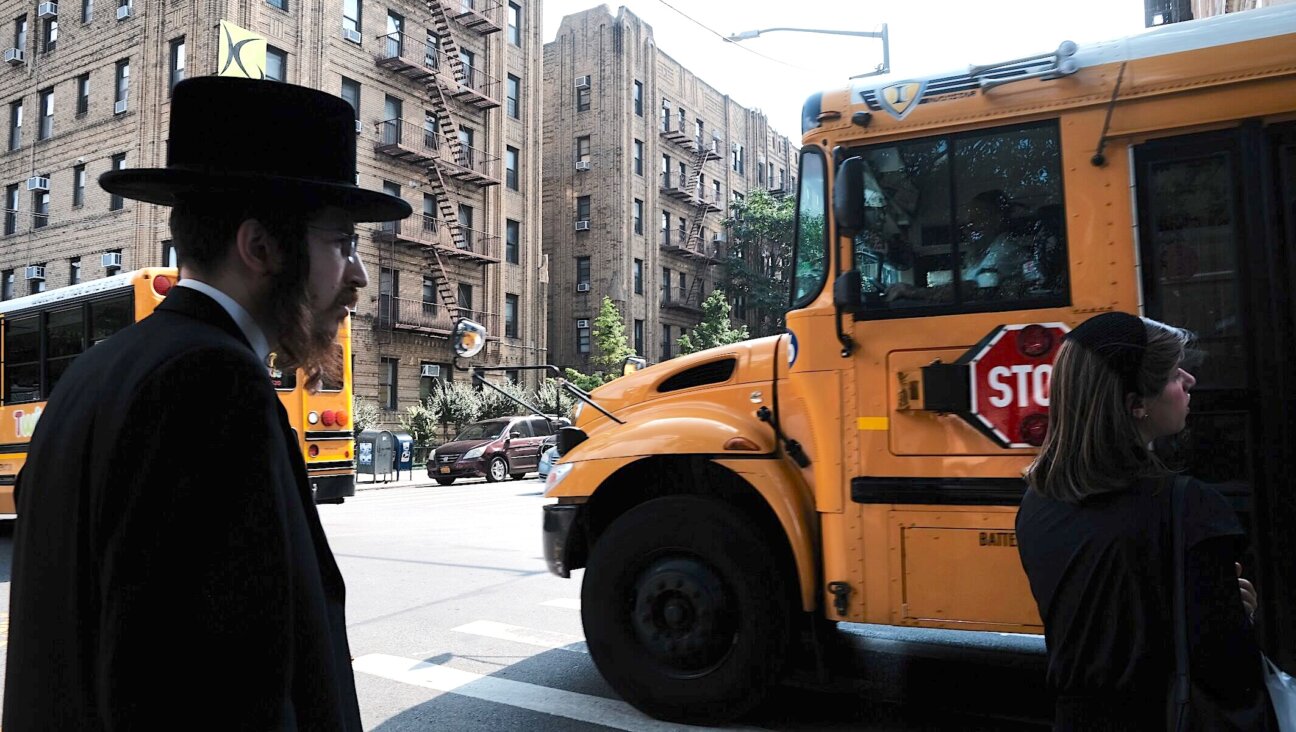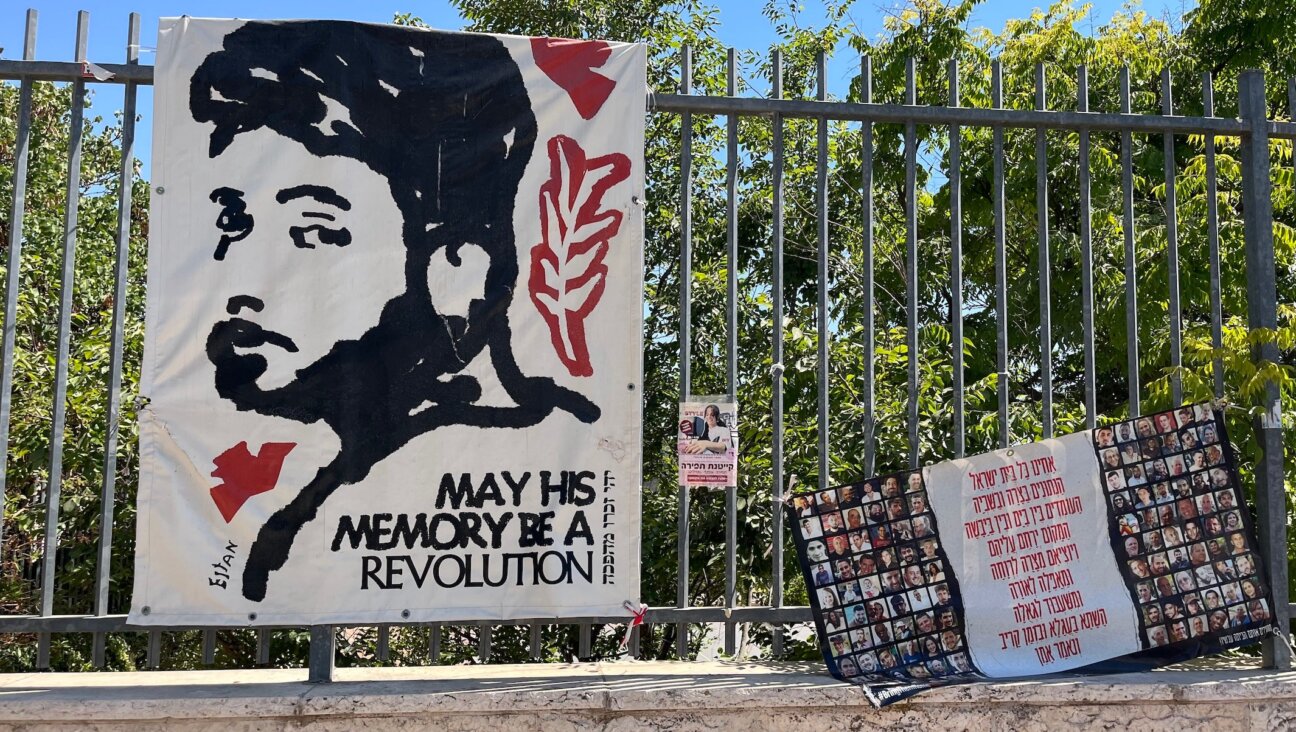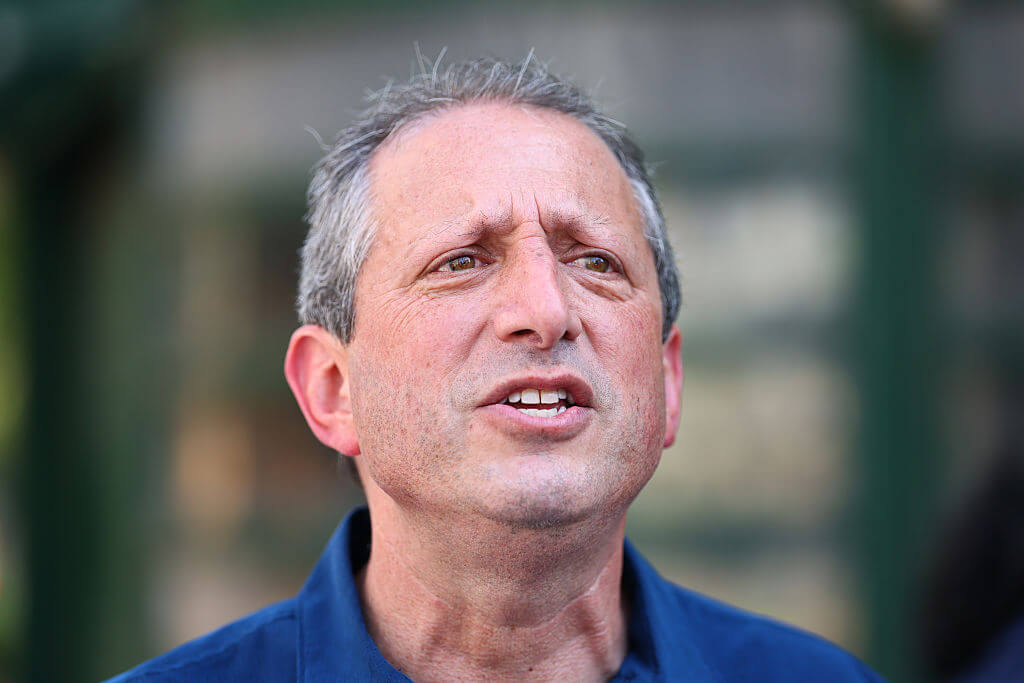Gaza Expects Flood of Tourists, Some of Whom Will Stay
JERUSALEM — The beachfront Jewish settlements of southern Gaza, long a popular Passover getaway destination among religious Israelis, are expecting a bumper tourism season this week. Tens of thousands of visitors are expected to throng the region’s guest houses and campsites during the weeklong vacation. But not all of them are planning on going home afterward.
The Jewish settlements of the so-called Katif Bloc — Gush Katif in Hebrew — are slated for evacuation this summer as part of Prime Minister Sharon’s Gaza-West Bank disengagement plan. Many visitors heading down next week were hoping for one last farewell before the Jewish settlements are dismantled.
Others, however, planned to move in and stay before the army seals the area off from the rest of Israel in advance of the evacuation. Their aim is to flood the area with protesters, with the aim of making the evacuation impossible.
Key to their plans is an April 3 decision by Sharon to allow one last “normal” Passover in Gush Katif, over the objections of his top generals, who had recommended that the area be sealed off before Passover.
Instead, the army is set to bar the entry of non-residents sometime between the close of the Passover holiday and Independence Day, on May 12.
Last year, some 1,000 to 2,000 Israelis visited Gush Katif during the Passover holiday, said the spokesman for the Katif Region Development Fund, Dror Vanunu.
This year, “at least” 100,000 persons are expected to gather on the shores of Gush Katif during the weeklong holiday, according to the Yesha Settlers Council, the main organization representing Jewish settlers in the West Bank and Gaza.
The vast majority of the visitors will come down for an April 27 seaside march from Neveh Dekalim to the artificial Katif Lake, where bands will play and politicians will speak. The area’s only formal accommodation, Midreshet Ha-Darom, is booked solid through May.
Vanunu, who called Sharon an “enemy of Yesha” in his conversation with the Forward, facetiously credits the prime minister for the record tourism. “We’re thinking about asking Sharon to join the development team of Gush Katif,” Vanunu told the Forward. “He’s doing excellent work for the area.”
Some visitors are approaching the Passover vacation as their final farewell to the beachside enclave. Oshrat Levy, a resident of the West Bank settlement of Beit El, lived in Gush Katif from age 6 until she got married. She decided to go down to the area for the holiday in order to see her parents, and visit her brother’s grave, perhaps for the last time. “I’m very realistic about this,” she says. “If Sharon’s decided that this is it, he’s capable of anything.”
Others plan to come to Gush Katif on Passover and remain in the area in an attempt to prevent the disengagement. Some, like Anita Finkelstein, a mother of three from the West Bank settlement of Tekoa, will be moving in legally. She has secured a mobile home in Kfar Yam and formally changed her address to that locale. Her family will remain in Tekoa until the end of the school year, and then they’ll join her in the small beachside enclave next to Neveh Dekalim. “I can’t just sit at home and watch this horrible order take shape,” she told the Forward.
Her friend Nadia Matar, the founder of the pro-settler activist organization Women in Green, will join her on Passover and thereafter. Matar says she has prepared her children for prison. “I tell them they’ll be arrested and that it’s an honor,” she said.
Matar, too, will be there legally. But many are expected to come down to the area for Passover and then stay on illegally, according to both security officials and settler activists. The transplants will represent, they hope, a critical mass large enough to impede the implementation of the disengagement plan.
The Yesha council and the Gush Katif council have ordered 1,200 tents, 1,000 chemical toilets and thousands of light bulb sockets, Neveh Dekalim secretariat chairman Lior Kalfa told the daily Ha’aretz this week.
Dalia Itzhaki, a resident of the Kfar Yam settlement, told the Forward she is hoping to see 10,000 Passover visitors remain in the area. “We’ll only win this war with a lot of people on the ground,” she said.






















